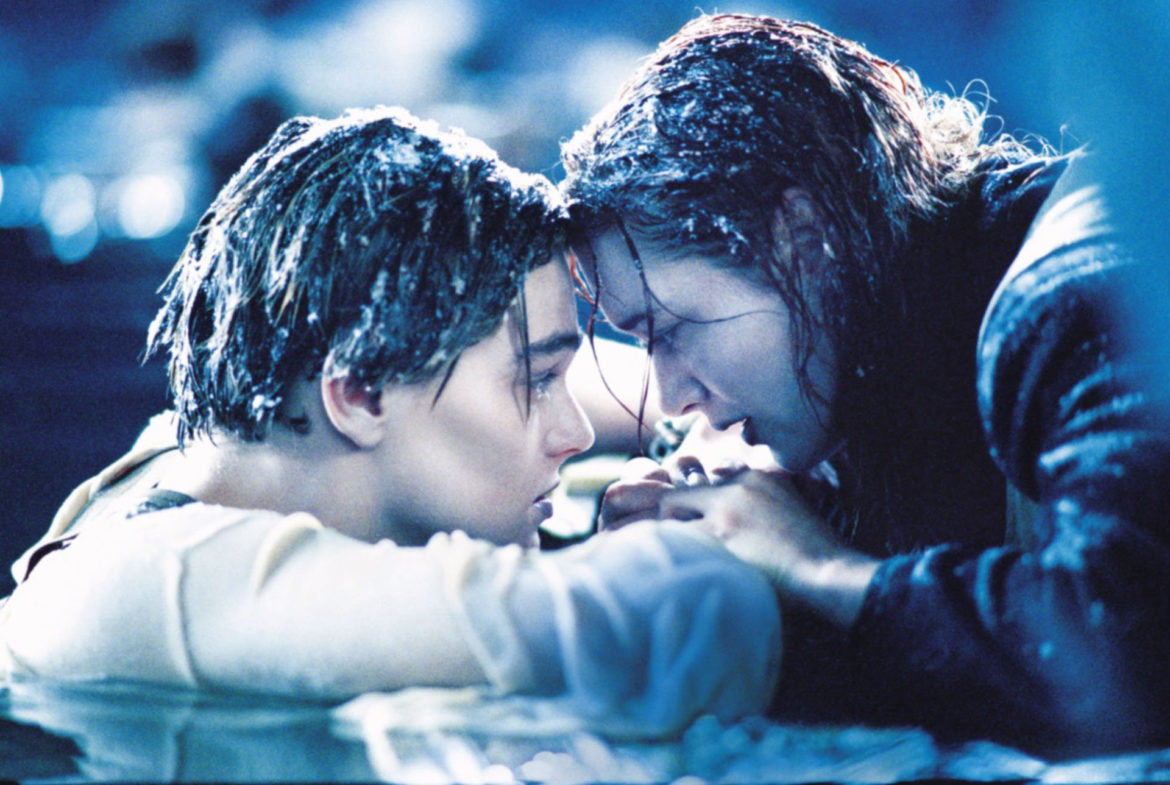The following written content via History

By the time James Cameron took the stage to accept his Academy Award for Best Director on the night of March 23, 1998, the Oscar dominance of his blockbuster film Titanic was all but assured. Titanic tied the record for most Oscar nominations with 14—joining 1950’s All About Eve—and by night’s end would tie with Ben Hur (1959) for most wins by sweeping 11 categories, including the coveted Best Picture.
With Aliens, The Abyss and the first two Terminator movies under his belt, Cameron had already proved himself a master of the action-packed science-fiction blockbuster genre. His ambition reached new heights with Titanic, a retelling of the ill-fated 1912 voyage of the unparalleled passenger steamship, which sank in the North Atlantic after striking an iceberg. Cameron’s films were notorious for going long over schedule and way over budget, and Titanic was worse than most. Originally budgeted at $100 million, the film eventually topped out at about $200 million, more than any other film in history; it also missed its original release date, making the studio executives sweat as they envisioned another Heaven’s Gate (the infamous big-budget flop that sank United Artists in the early 1980s).
Personally, Cameron was known for his dictatorial style, hot temper and obsession with detail. For his reenactment of the historic ship’s sinking, the film’s crew constructed a 775-foot (90 percent scale) replica of the RMS Titanic and put it in a tank containing 17 million gallons of water. Production was done in Mexico, and members of the cast and crew later complained about the harsh conditions, including shooting days of more than 20 hours, much of that time spent standing in cold, murky Pacific Ocean water. Read more from History.





